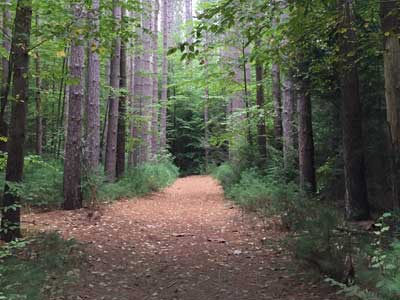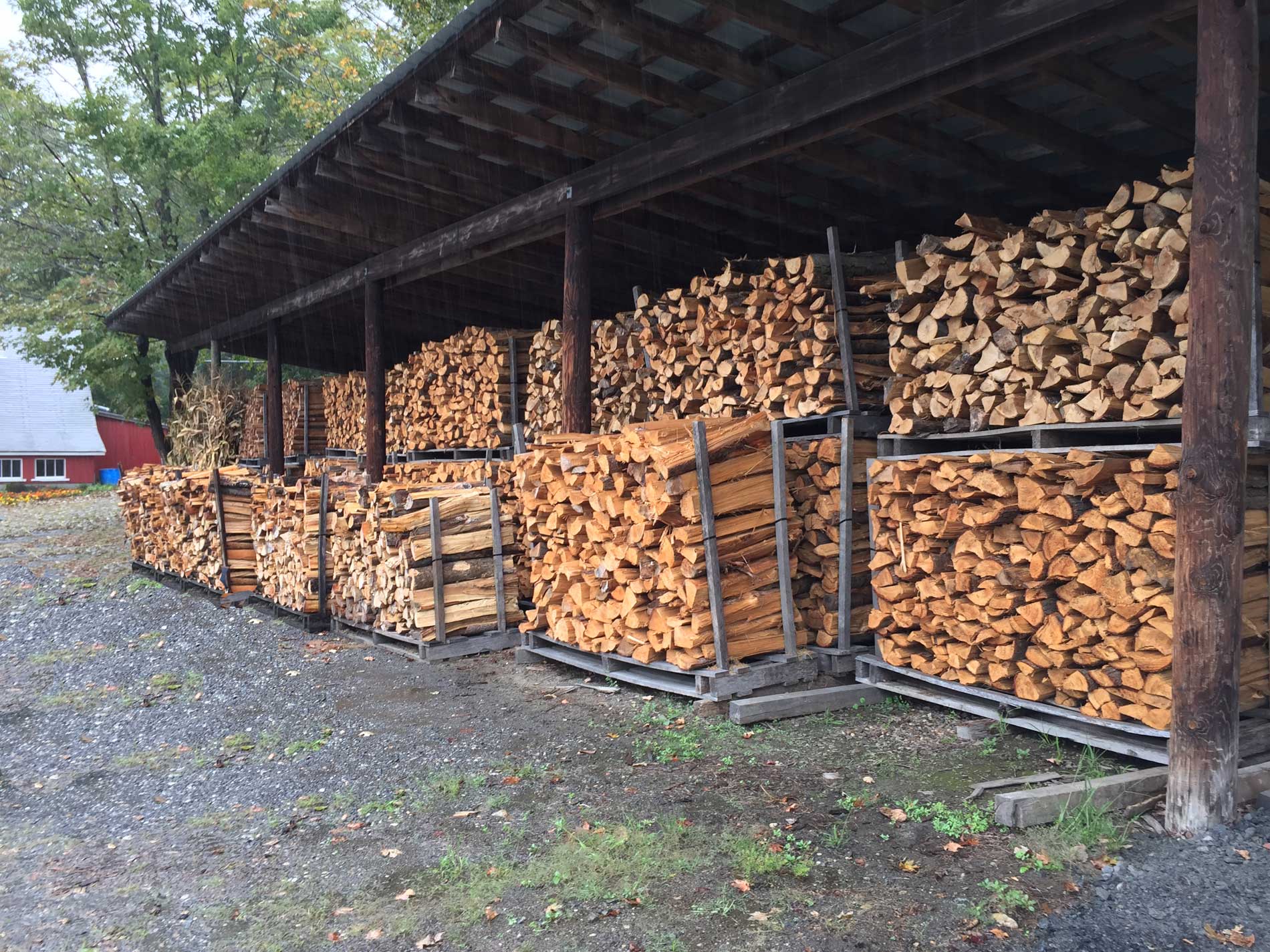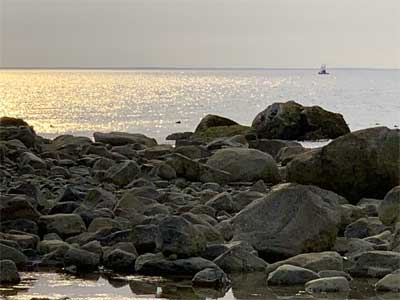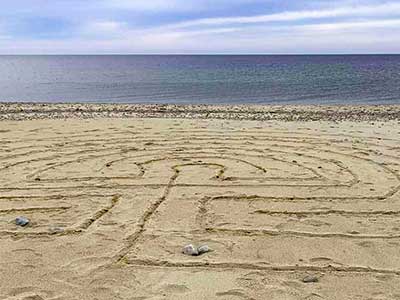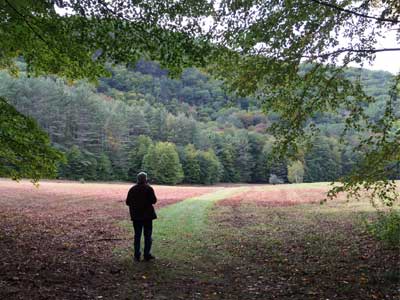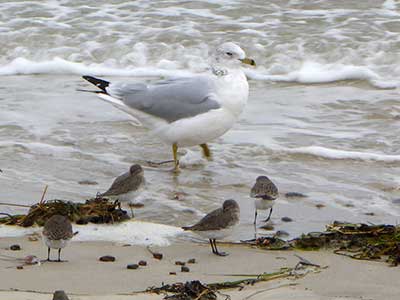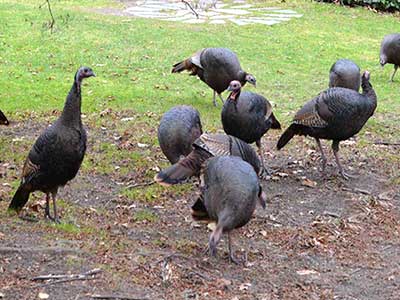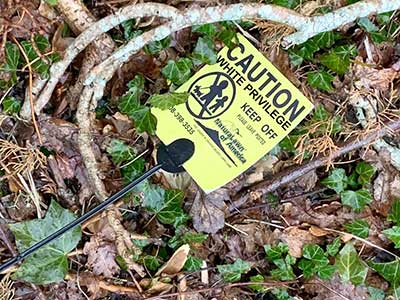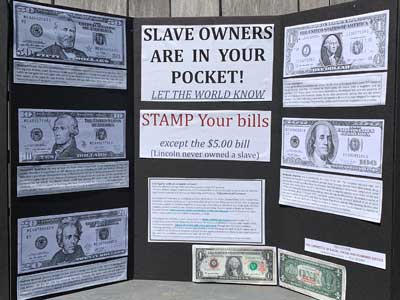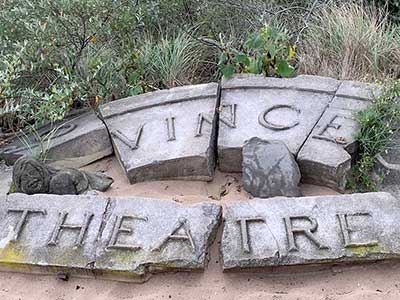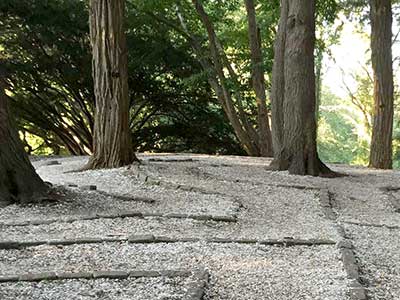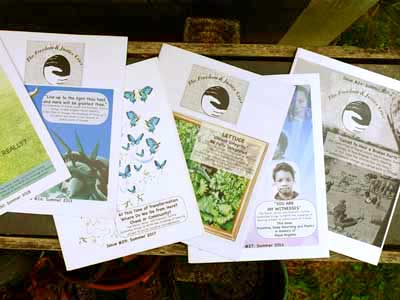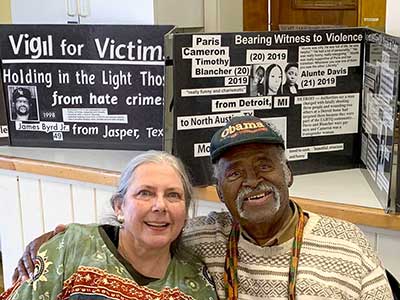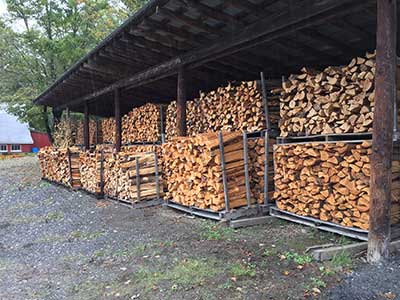by Philip Gerard| July 2019
The Native Americans of Robeson County are strong and proud, but their history is marked by the struggle to overcome bias. In the 1950s, a watershed moment brings national attention to the Lumbee Tribe.
Through the early decades of the 20th century, the Lumbee Indians were not much known outside of Robeson County in the southeastern part of the state — though their forebears settled there by at least 1754, when an agent for colonial Gov. Arthur Dobbs discovered some 50 families living at the headwaters of the Little Pee Dee. His description was less than flattering: “a lawless People [who] possess the Lands without patent or paying quit rents.” Thus began a long history with white settlers during which the Lumbee struggled to gain respect.
TAGS: [Assumptions] [2010’s] [Indigenous] [History] [Implicit Bias] [Myths] [Politics] [Systemic Racism] [Denial] [White Supremacy] [Health Disparities] [Racial Terrorism] [Justice System]
by Hen Mazzig | October 2020
Von Schlegel draws her definition of indigenous peoples from the United Nations, which defines the term as inheritors of unique cultures who have retained social, cultural, economic and political characteristics distinct from those of the dominant societies in which they live. She noted how indigenous peoples have sought recognition of their identities, lifestyles and their right to ancestral lands throughout history, but their rights have continuously been violated by empires, nation-states and external colonial powers. … As a member of both communities, von Schlegel has experienced firsthand how Pueblo People and Jews share ritual practices of giving thanks for the food, land, knowledge and other gifts from our Creator. In particular, she believes what Jews do every Friday, as we ritually welcome in the “Angels of Peace” to mark the beginning of Shabbat, resembles customary native rituals of welcoming spirits or ancestors.
TAGS: [Collective Action] [Indigenous] [2020’s] [History] [Systemic Racism] [Advocacy] [Social Justice] [Economics] [Politics] [Faith-Based/Spiritual] [Denial]
by Zinn Education Project | Date Unknown
On Dec. 28, 1872, the Yavapai people’s shelter of Skeleton Cave, located in Salt River Canyon, Arizona, was attacked by Lieutenant Colonel George Crook and the 5th Cavalry. The army took up position around the mouth of Skeleton Cave. Surrounded, the Yavapai refused to surrender. The soldiers opened fire and dropped boulders on those who gathered at the mouth of the cave. Close to 100 Yavapai adults and children were massacred. This event has come to be known as the Battle of Salt River Canyon or the Skeleton Cave Massacre.
TAGS: [Racial Terrorism] [Indigenous] [History] [Systemic Racism] [White Supremacy] [White Culture]
by Alan Gomez, Wyatte Grantham-Philips, Trevor Hughes, Rick Jervis, Rebecca Plevin, Kameel Stanley, Dennis Wagner, Marco della Cava, Deborah Barfield Berry, and Mark Nichols | October 2020
As the country cries out for a vaccine and a return to normal, lost in the policy debates is the reality that COVID-19 kills far more people of color than white Americans. This isn’t a matter of coincidence, poor choices or bad luck — it’s by design. A team of USA TODAY reporters explored how the policies of the past and present have made Black, Asian, Hispanic and Indigenous Americans prime targets for COVID-19. They found: America’s education and economic systems are still unequal, disproportionately leaving people of color out of higher-wage jobs. When COVID-19 struck, more people of color were serving as essential workers directly in the path of the virus.
TAGS: [Collective Action] [Health Disparities] [2020’s] [Black Lives Matter] [Indigenous] [Asian] [Latino/a] [Economics] [Employment] [Systemic Racism] [Denial] [History] [Social Justice] [Politics] [Justice System] [White Privilege] [White Culture] [White Blindness] [Housing] [Slavery] [Racial Covenants] [Environment] [Silencing POC]
by Stephanie Wood | November 2020
The Seal River is Manitoba’s only major waterway that hasn’t been dammed — and five Indigenous communities have banded together to keep it that way by establishing a protected area. Tadoule Lake is a Sayisi Dene community nestled in the Seal River Watershed, a vast, intact landscape that stretches across northern Manitoba from Hudson Bay almost to the Saskatchewan border. It’s dotted with trees, lakes and wetlands. Sandy hills left behind from glacial rivers, called eskers, snake across the land. The Sayisi Dene and the caribou have lived in relationship with the Seal River Watershed for many generations.
The 50,000-square-kilometre area — about the size of Nova Scotia — has escaped dams, mining and colonial settlement. It’s home to millions of birds, along with polar bears, moose, beluga whales and, of course, its namesake seals. The Seal River is also the only major river in Manitoba that is not dammed.
TAGS: [Assumptions] [2020’s] [Indigenous] [Environment] [History] [POC Climate Action] [Justice System] [Systemic Racism] [Housing] [Advocacy] [Role Model] [Strategies]
by Philip Kennicott | December 2020
The wetlands on the grounds of the Smithsonian’s National Museum of the American Indian are one of the most serene and magical spots in all of Washington. It counters by example the larger argument of the Mall, which is all about symmetry, extended vistas and monumental scale. With trees and grass and a bit of water, this garden is a quiet but forceful rejoinder to the bombast and imperial ambition that surrounds it. With a little imagination, you might pretend that somehow the great brush of history missed this one small spot where the landscape looks just as it did in pre-Columbian times.
TAGS: [Strategies] [2020’s] [Indigenous] [History] [Art & Culture]
